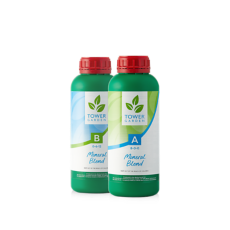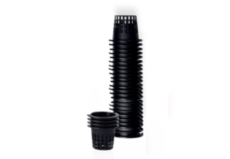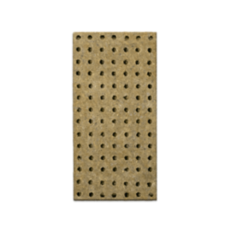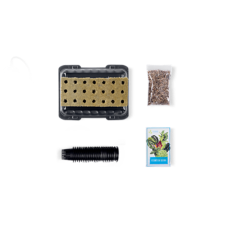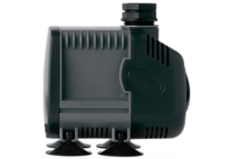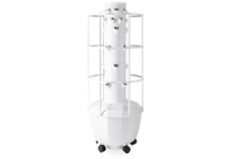Harvesting
Harvesting Greens with Tower Garden
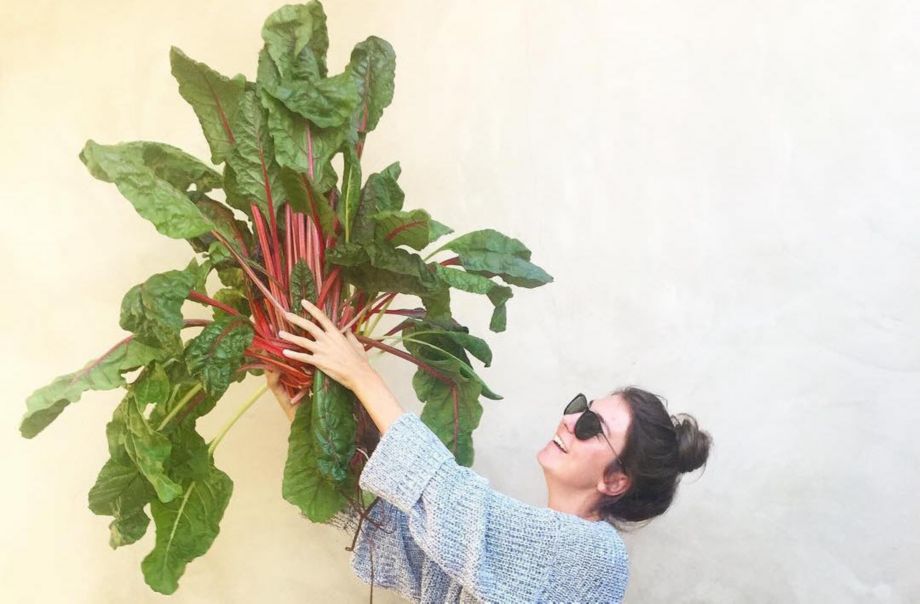
Did you know that most produce loses 30% of its nutrients within just three days of harvest? And in some cases, the nutrient loss is much worse. Spinach, for example, loses 90% of its vitamin C content only 24 hours after being picked! By eating a plant that you harvested from your garden the very same day, you're ensuring peak freshness, flavour, and nutrition.
To ensure your crops retain all of the amazing health benefits and flavour profiles, follow these harvesting best practices for 8 popular green that can be grown with Tower Garden:
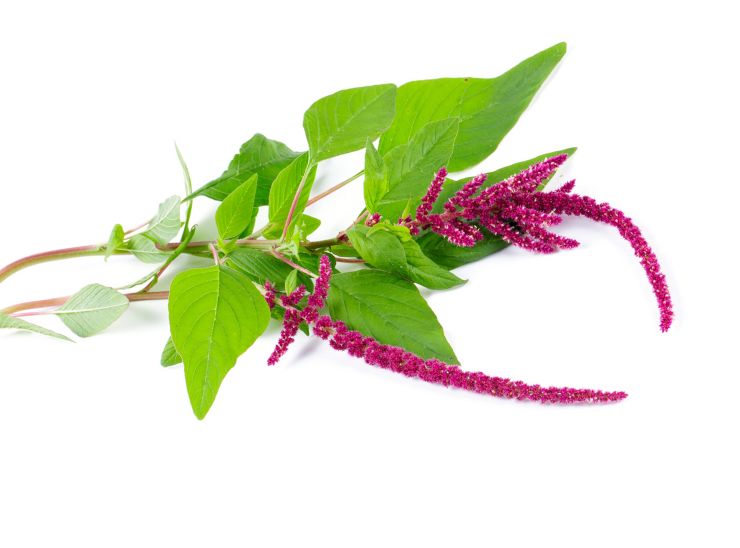
Amaranth
- Amaranth greens are usually ready for harvest 3-4 weeks after planting.
- Simply cut the bottommost, older leaves first, taking care to not damage the stems of the inner leaves.
- If you allow at least 2/3 of the foliage to remain, the plant will produce additional yields — as frequent, moderate harvesting encourages new growth.
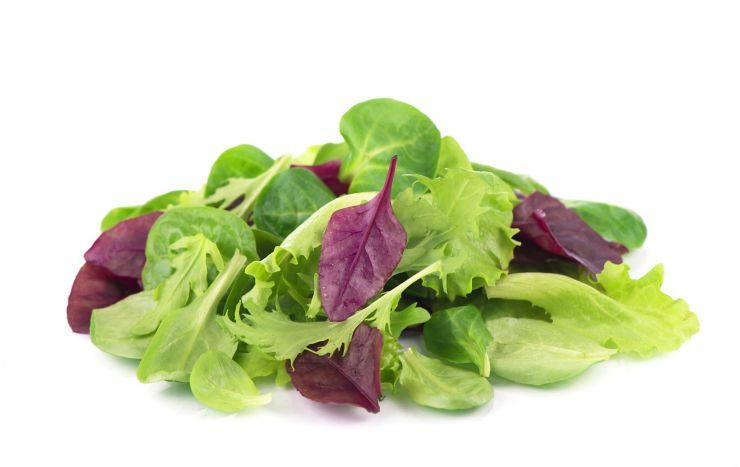
Baby Greens
- After you transplant your baby greens, your Tower Garden will do most of the work. And in two or three weeks, your crops will be ready to pick.
- Many people harvest baby greens as soon as the first true leaves (i.e., those that come after the cotyledon leaves that form inside the seed) appear. The drawback to this approach, however, is that you get only one harvest from each seed.
- If you let your baby greens grow a little longer — to the point of qualifying as petite or baby greens — you can actually harvest repeatedly from the same plants for weeks by taking only the older leaves and allowing the new growing tips to remain.
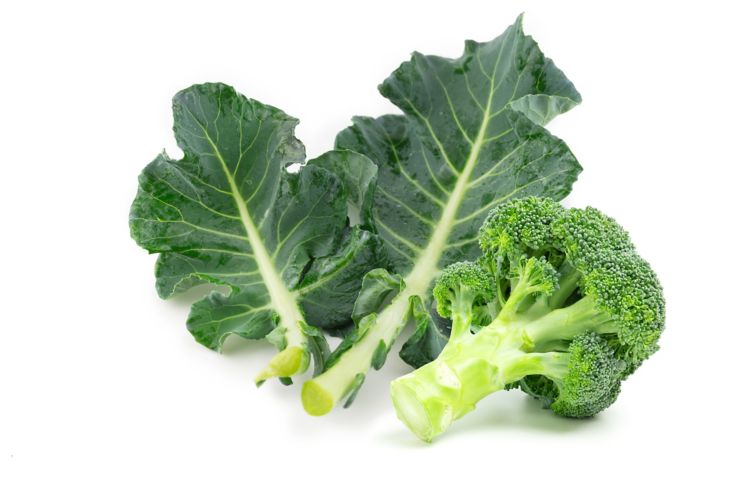
Broccoli
- After 80–100 days, your broccoli heads should be ready to harvest. But you can harvest leaves long before that time.
- Broccoli leaves are not only edible, but also highly nourishing and as versatile as broccoli heads. To harvest broccoli leaves, simply cut them from the plant, always allowing a few to remain and keep growing.
- When your broccoli plant produces heads that are firm and tight, harvest them quickly — before they flower — considering the following:
- You should cut heads (along with about six inches of stem) at a slant to keep water from pooling in the main stalk and causing rot.
- After the primary head is harvested, you can continue to harvest side shoots for several weeks.
- If you don't enjoy your homegrown harvest right away, you can blanch and freeze your broccoli to preserve it.
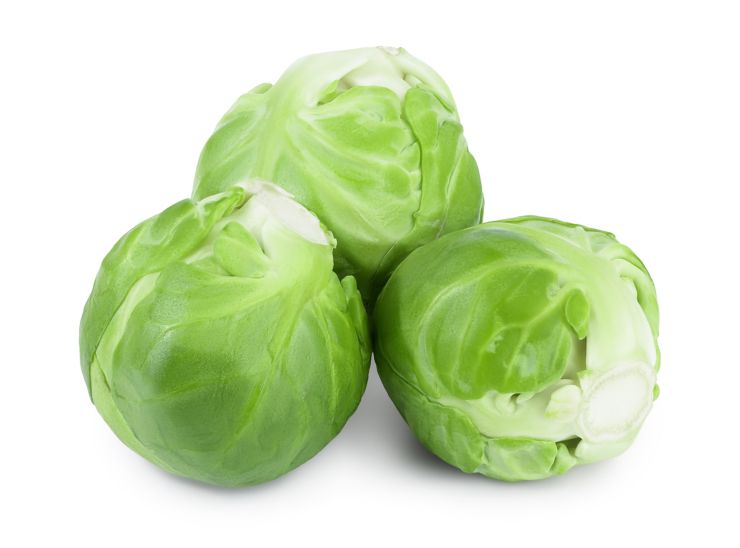
Brussels Sprouts
- After about 90 days, you should start to notice little buds growing along your plant’s main stalk above the base of each leaf.
- Once they reach about 2-4 cm in diameter, harvest these by twisting until they snap off of the stalk.
- You can also remove them with a sharp knife.
- Cutting away leaves around the sprouts may make this process a little easier.
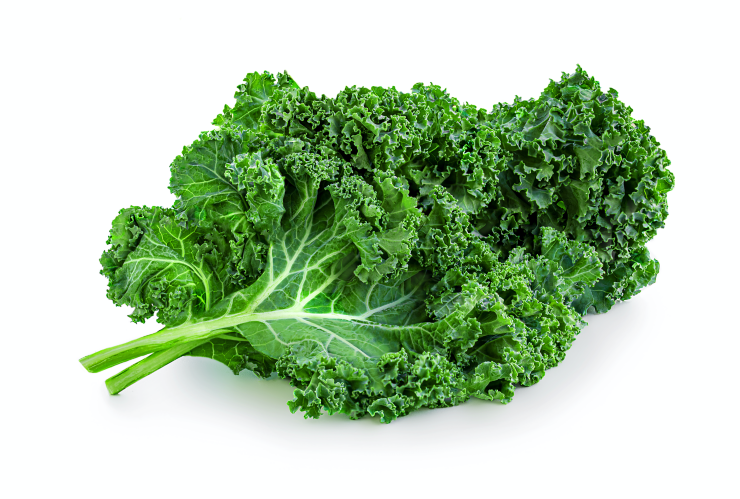
Kale
- Kale is one the fastest growing plants in your Tower Garden, and depending on the variety and growing conditions, may be ready to harvest in as little as one month.
- Pick or cut the bottommost kale leaves first, allowing at least three or four leaves to remain and keep growing.
- Frequent harvesting will foster new growth.
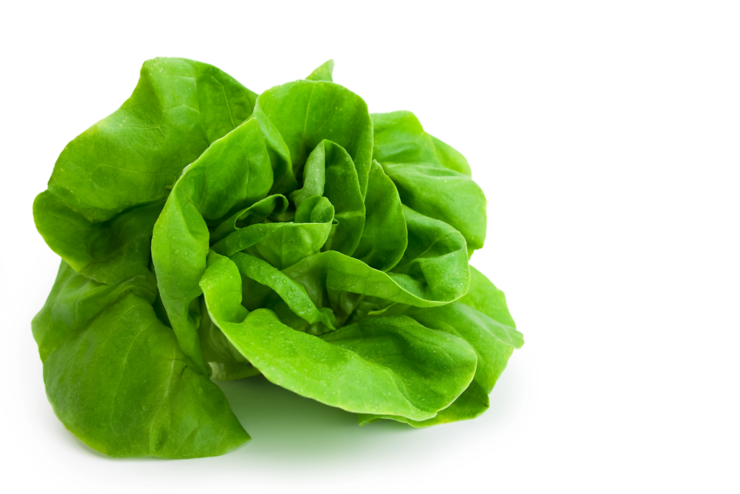
Lettuce
- About 45 days after starting seeds — or whenever there are several mature leaves present — you may start harvesting your lettuce.
- There are two ways to harvest:
- Periodically pick individual leaves, which allows the plant to continue to produce.
- For the leaf harvest method, start from the bottom of the plant and pinch off or cut only a few leaves from each lettuce plant. Always allow two to three leaves to remain so the plant has enough energy to keep growing.
- You can harvest like this every week until the plant shows signs of bolting. (In spring and autumn, you can usually harvest for more than a month before bolting begins. In summer, this harvesting period will likely be a bit shorter.)
- Harvest the entire plant once it grows to a full head. If you’d rather use the whole head harvest technique, simply cut or remove the entire plant once the lettuce head reaches the size you desire.
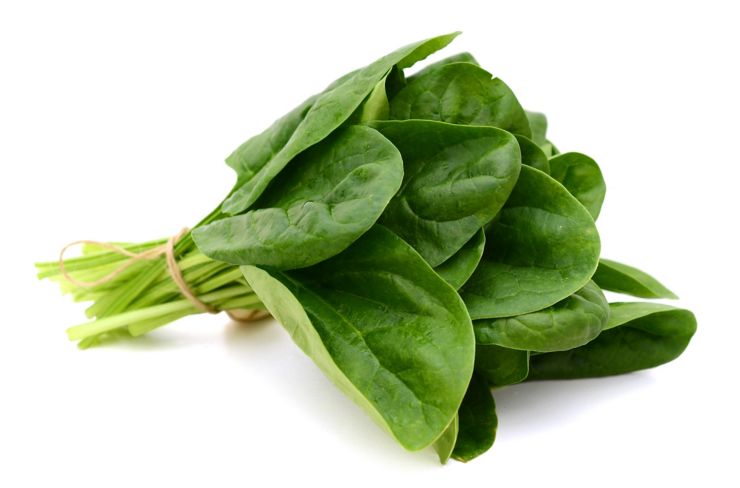
Spinach
- You can harvest spinach (starting with the outer leaves first) as soon as the leaves are big enough to eat.
- Harvest often to encourage continued production, prevent disease, and extend your plant’s life cycle. If you notice signs of bolting (e.g., sudden vertical growth), harvest the entire plant to prevent the remaining leaves from becoming bitter.
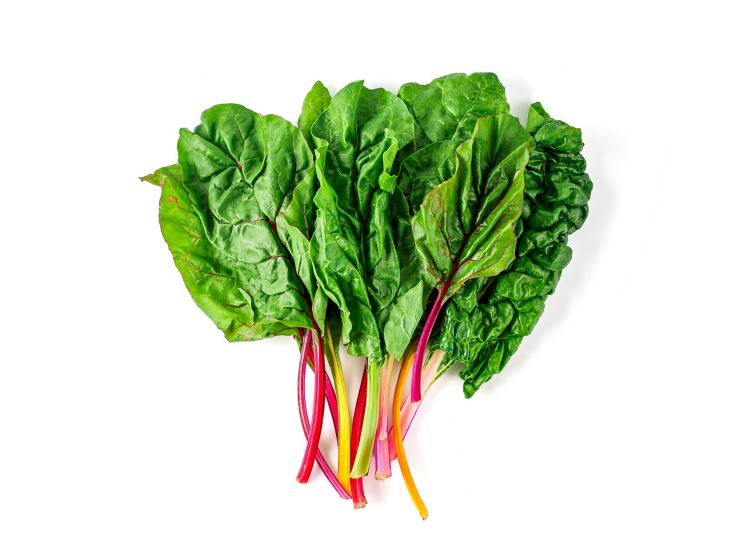
Swiss Chard
- Swiss chard is sweetest and most tender during the cooler temperatures of spring and autumn. And yields are most flavourful once the plant is 50 to 60 days old.
- Harvest leaves when they are four inches long by cutting leaf stalks near the base. (Be careful not to cut the stems of the inner leaves, as this will stunt additional growth.)
- Start with the mature leaves, picking three to five at a time. And don’t be shy about harvesting often, as this will stimulate the production of new leaves.

